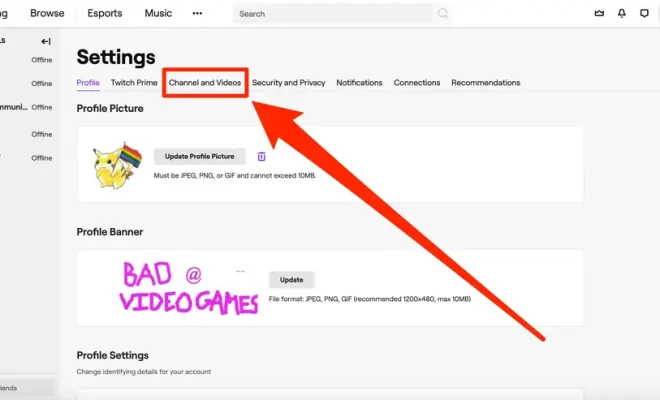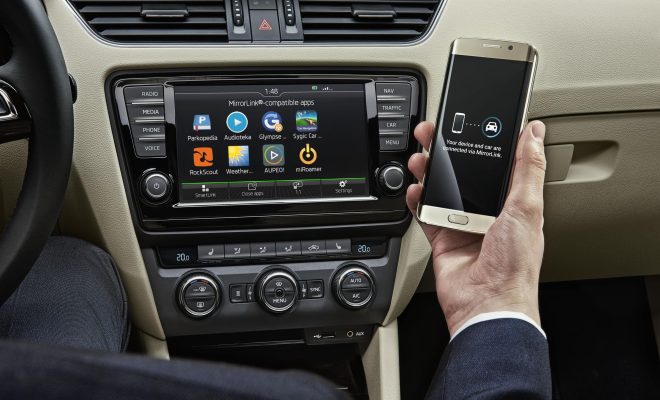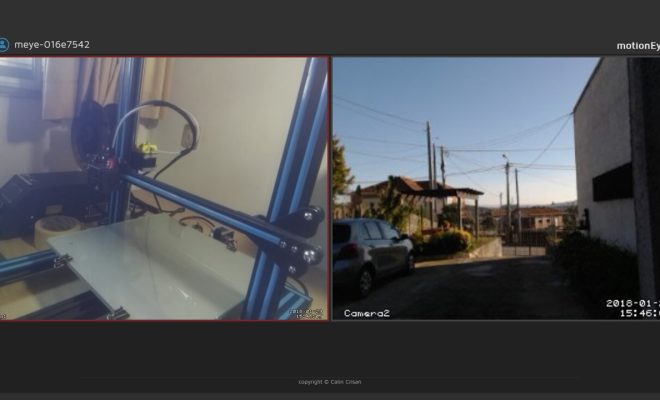Everything You Need to Know About HDMI Alt Mode and USB Type-C

HDMI Alt Mode and USB Type-C are two of the most talked-about technologies when it comes to digital connectivity. HDMI Alt Mode is a feature that allows devices with USB Type-C ports to transmit video and audio signals to an HDMI-enabled display or projector. The USB Type-C port, on the other hand, is a multi-purpose connector that combines power, data transfer, and display capabilities in one small form factor. In this article, we will discuss everything you need to know about HDMI Alt Mode and USB Type-C.
What is HDMI Alt Mode?
HDMI Alt Mode is a specification developed by HDMI Licensing, LLC that allows devices with USB Type-C ports to transmit high-quality audio and video signals to an HDMI-enabled display or projector. It is an extension of the HDMI standard that enables a USB Type-C port to support HDMI functionality by relying on the high-speed data transfer capabilities of USB Type-C.
The HDMI Alt Mode specification allows displays to receive uncompressed video and audio signals up to 4K resolution at 60Hz without the need for a separate HDMI cable. It also supports the latest HDR (High Dynamic Range) and HDCP (High-bandwidth Digital Content Protection) standards, ensuring that the content is delivered securely.
What is USB Type-C?
USB Type-C is the latest standard for digital connectivity, offering reliable and fast data transfer, high-speed charging, and support for displaying video signals. The USB Type-C port is compact and reversible, so you can plug the cable in any direction, making it easier to use.
The USB Type-C port can offer up to 100W of power delivering fast charging to your devices. You can also transfer data at speeds of up to 10Gbps, allowing you to transfer a 4K movie in just a few seconds. USB Type-C is also capable of transmitting various protocols such as DisplayPort, Thunderbolt, and HDMI Alt Mode.
How Does HDMI Alt Mode Work with USB Type-C?
HDMI Alt Mode works by using the existing USB Type-C port to transmit video and audio signals to an HDMI-enabled display. When a device with HDMI Alt Mode capability is connected to an HDMI display through a USB Type-C cable, the device detects the presence of the display and automatically switches to HDMI signaling mode.
The USB Type-C port carries a DisplayPort signal, which HDMI Alt Mode converts into HDMI before transmitting it to the display. With HDMI Alt Mode, you can enjoy high-quality audio and video signals at resolutions up to 4K at 60Hz.
Benefits of HDMI Alt Mode and USB Type-C
One of the benefits of HDMI Alt Mode and USB Type-C is that they’re versatile, making it easy to connect multiple devices. Besides, this technology reduces the need for additional cables and adapters, allowing you to use standard USB Type-C cables to connect USB Type-C devices to HDCP 2.2 displays.
Another significant advantage of HDMI Alt Mode and USB Type-C is that they can transmit video signals without any noticeable lag. HDMI Alt Mode also delivers consistent and high-quality audio and video signals over long distances.






